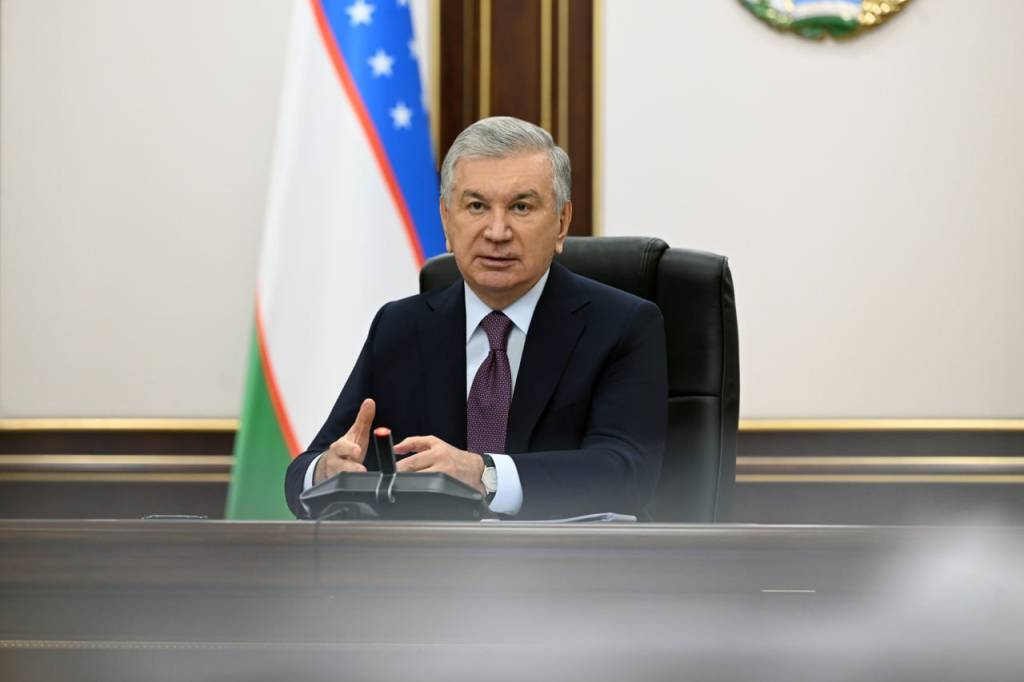WNAM MONITORING: The Head of State was briefed on measures to ensure the stability of the energy system in Tashkent.
The capital continues to experience population growth and active construction. Over the past year, 12,000 new facilities have been commissioned, including trade and service complexes. The standard of living of the population is improving, and the use of household appliances is increasing.
All these factors lead to higher energy consumption. Taking this into account, over the past two years, 2.8 trillion UZS have been allocated for the development of Tashkent’s power supply system. As part of these efforts, 36 substations, 665 transformers, and more than 2,000 kilometers of networks have been modernized.
Nevertheless, many challenges remain unresolved. Currently, 46 substations and 207 transformers are operating under overload. Since the beginning of the year, the number of electricity consumers in the city has increased by 40,000, and the level of demand has risen by 6 percent.

In addition, whereas in the past the duration of extremely hot summer weather did not exceed one week, this year it lasted for 20 days. As a result, in July, the city’s electricity consumption exceeded 900 million kilowatt-hours.
All these circumstances necessitate the continuation of systematic modernization. During the presentation, the Minister of Energy outlined plans for each district and mahalla of the capital.
At the first stage, by the end of the current year, it is planned to upgrade 374 kilometers of networks, 11 substations, and 62 transformers. In 2026, modernization will cover an additional 788 kilometers of networks, 35 substations, and 145 transformers. In particular, new transformers and networks will be installed, and existing ones repaired in the mahallas.
The President drew attention to the approaching autumn-winter season and emphasized the need to complete all works under the current plan by November 1.
Responsible officials also reported on measures to ensure a stable power supply during the cold season.
In recent years, electricity generation capacity has been actively increasing across all regions of the country. At the same time, measures are being taken to transition industrial enterprises to alternative energy sources. In particular, by 2027, it is planned to install solar power plants with a capacity of 752 megawatts and storage systems with a capacity of 812 megawatts at large enterprises and tourist facilities.
The President was also briefed on progress in nuclear energy.
As is known, work is underway in the country to construct a small nuclear power plant. Each stage of this project – from design to commissioning – will be carried out under the strict supervision of the International Atomic Energy Agency (IAEA), applying advanced safety requirements.
The President instructed the commissioning of facilities to ensure compliance with deadlines and quality standards, as well as to create sustainable energy capacities. The Cabinet of Ministers was tasked with holding weekly discussions on improving energy efficiency.


